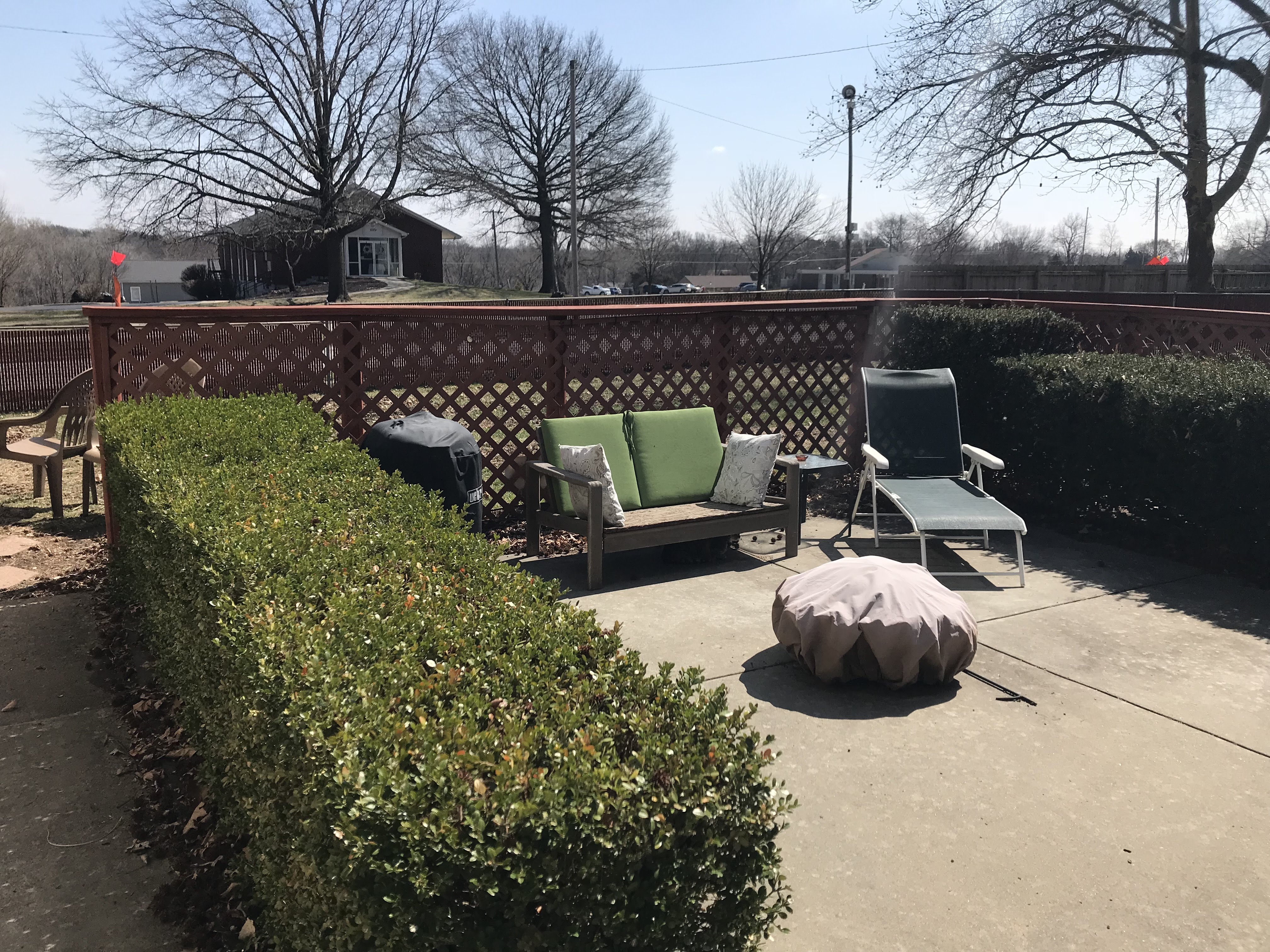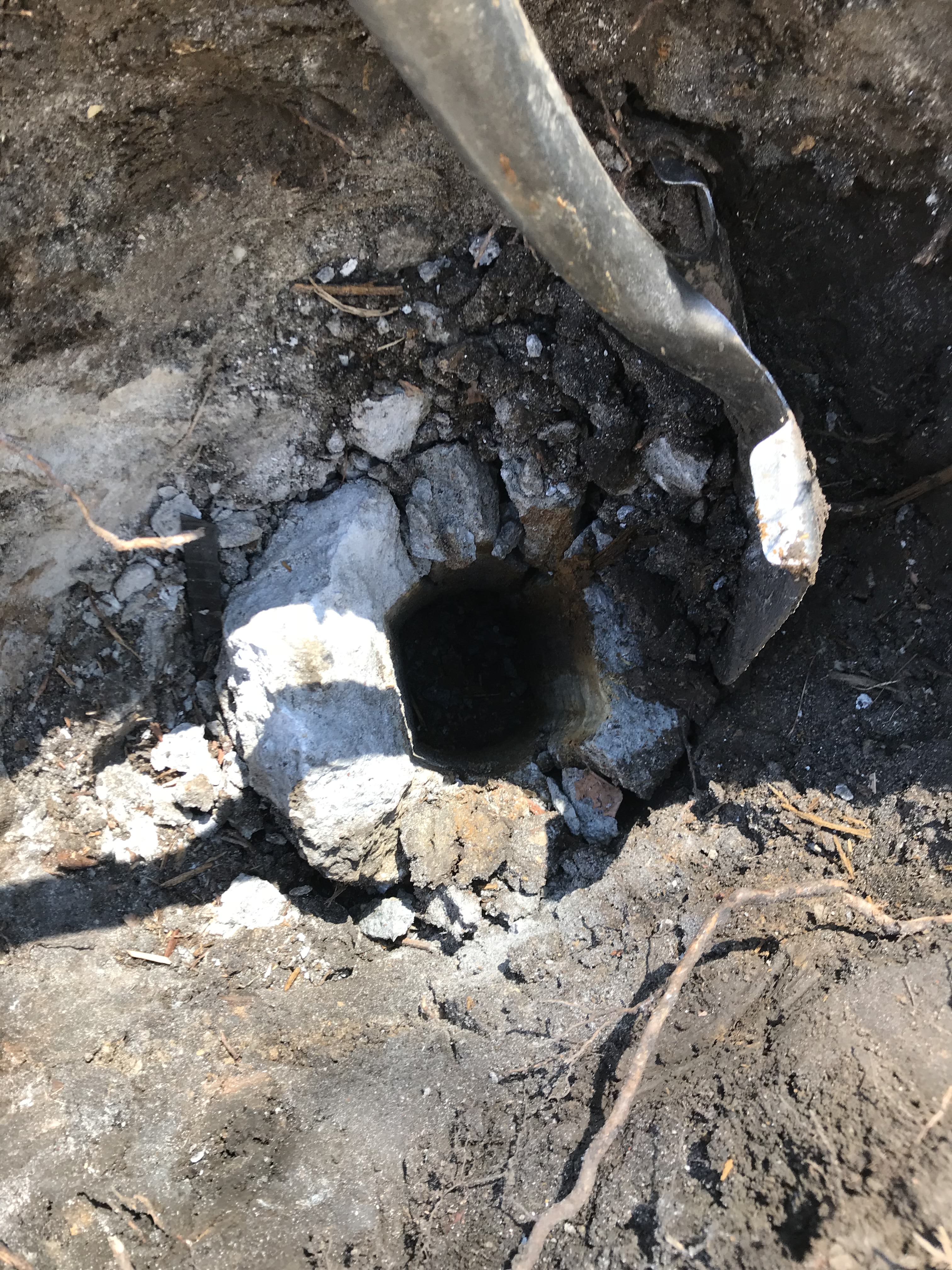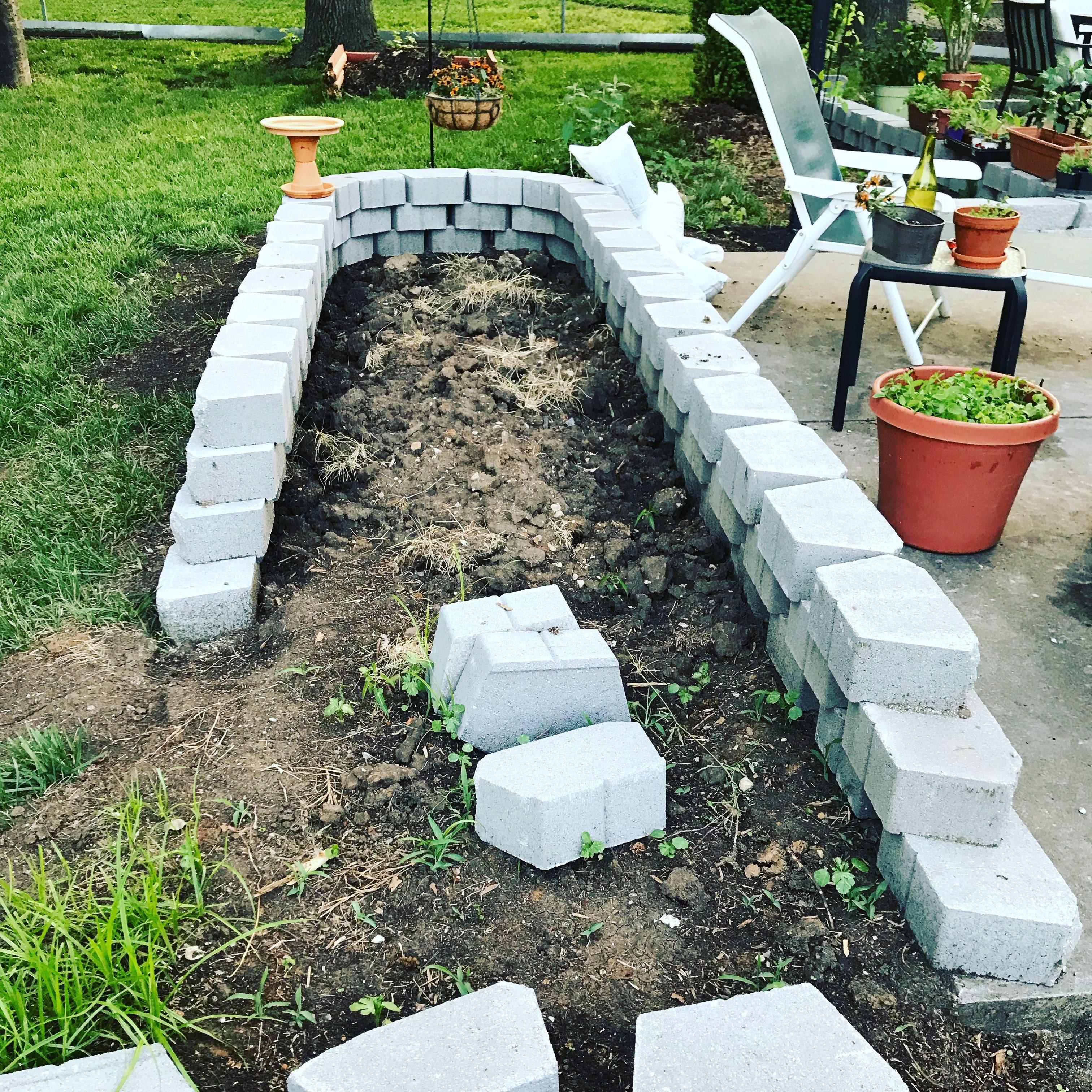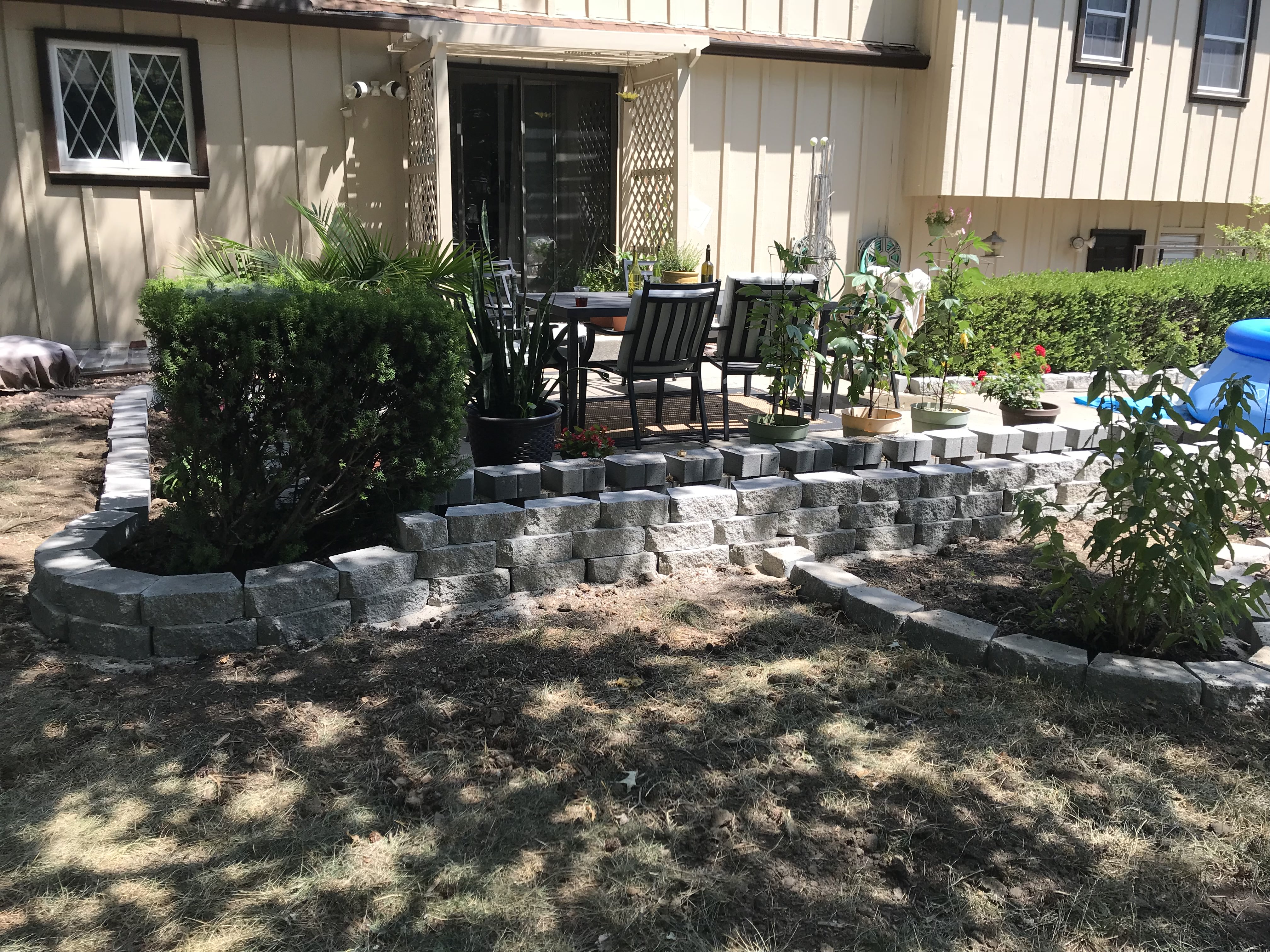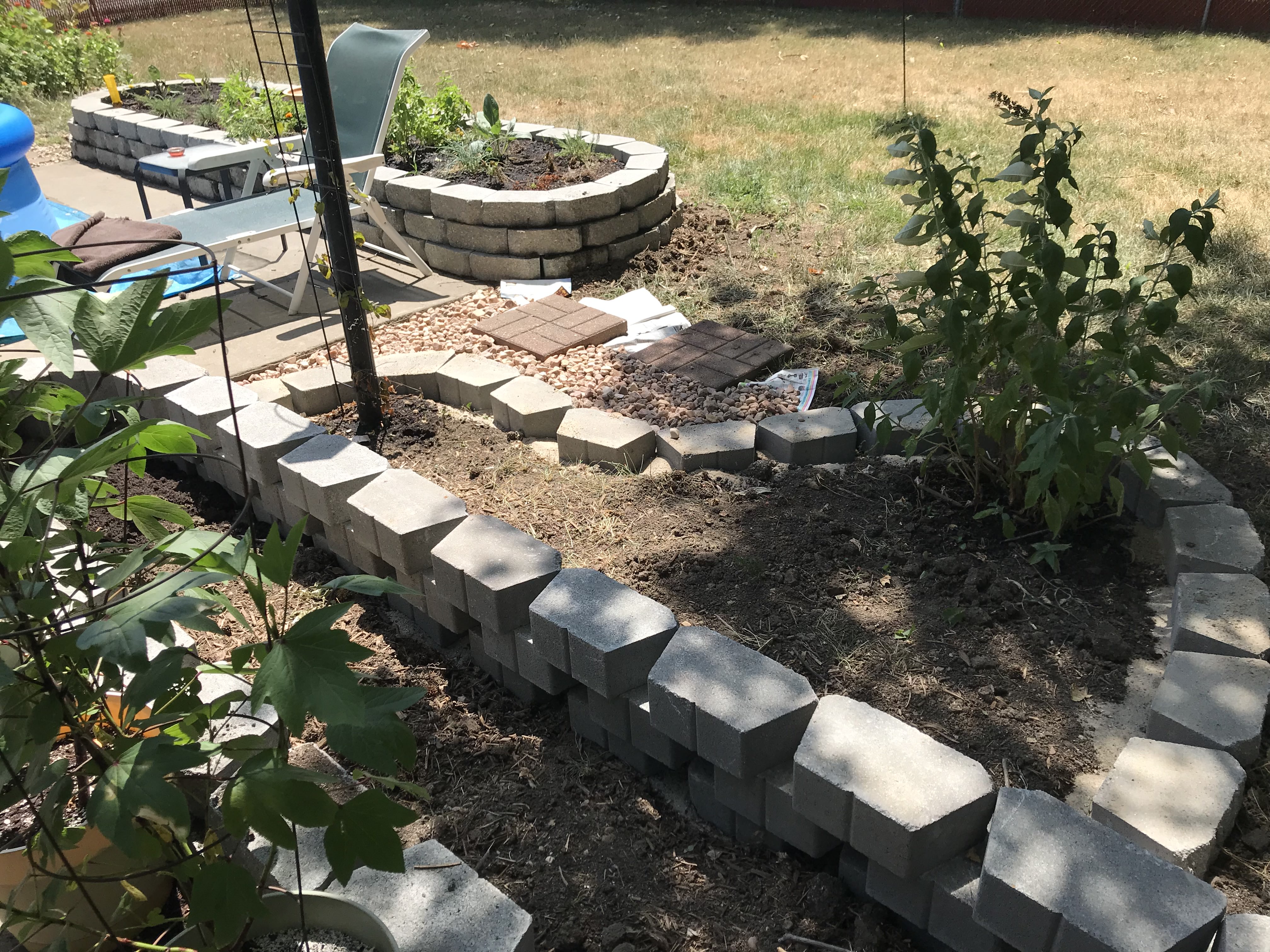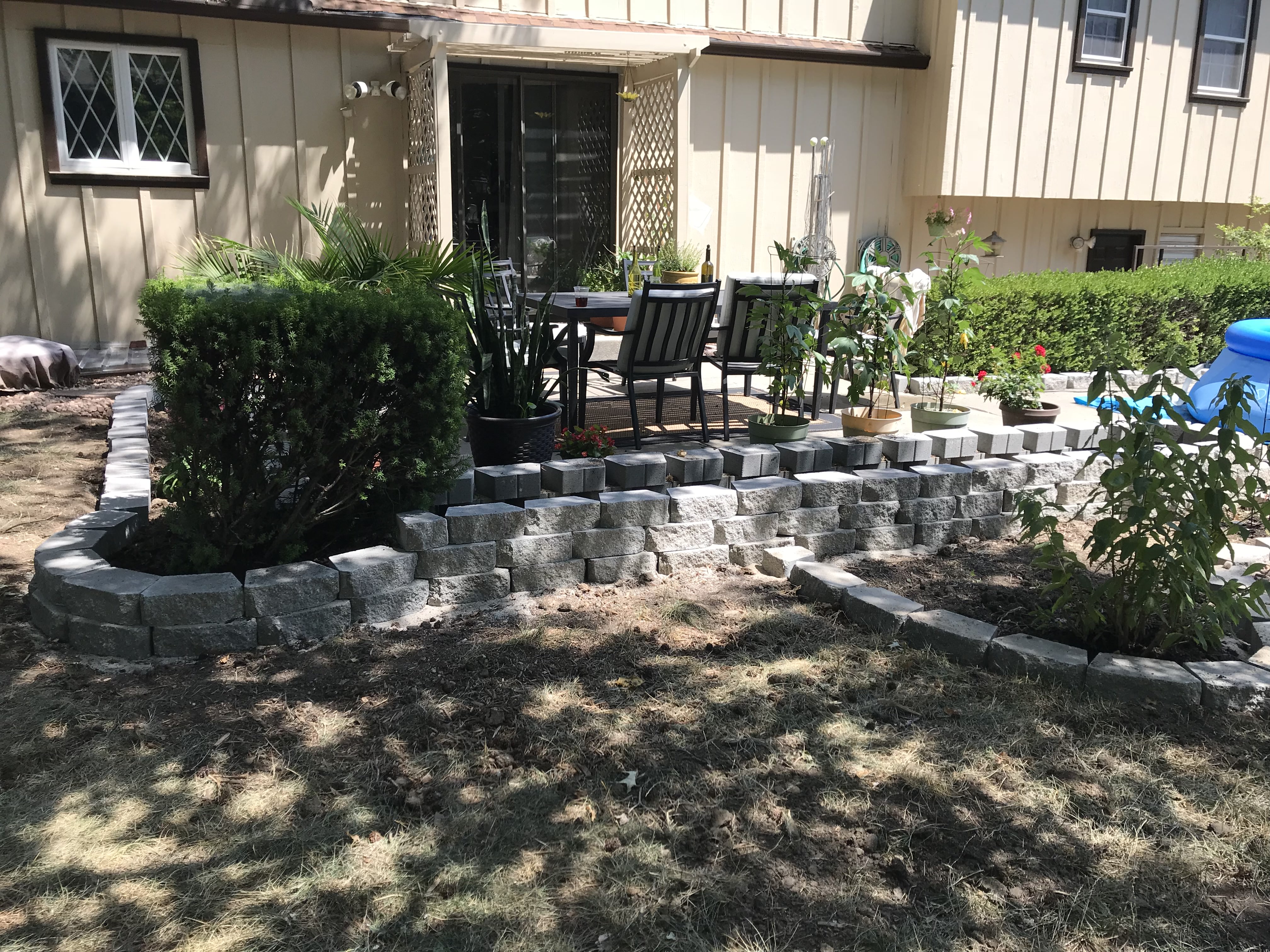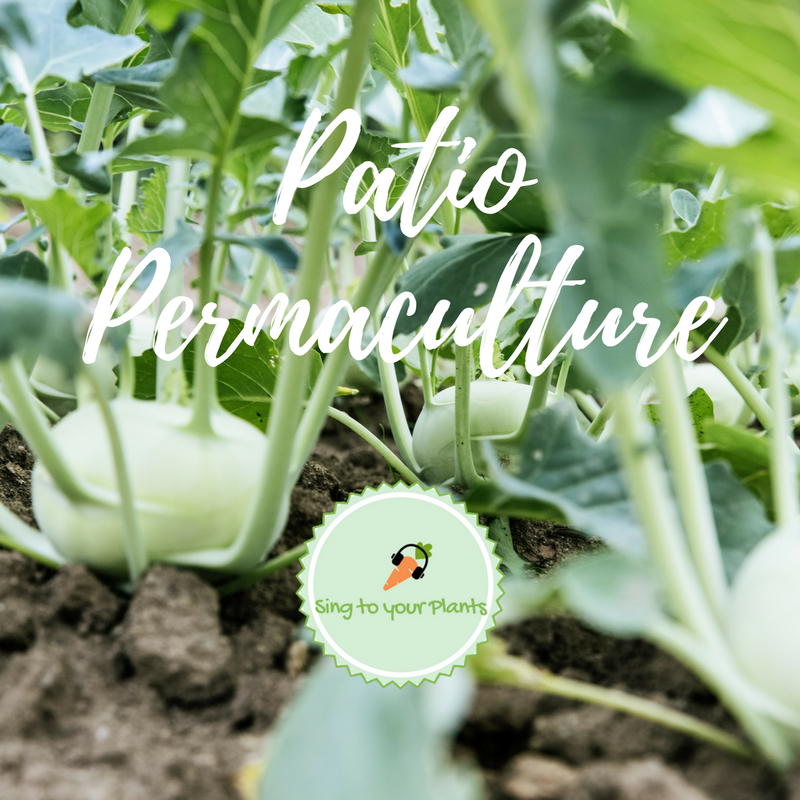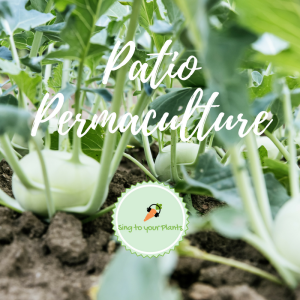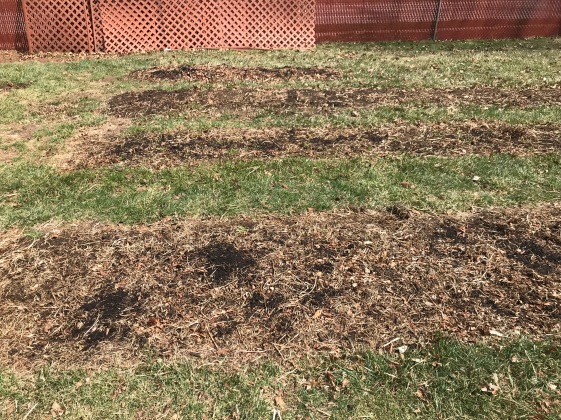Browse Pinterest or any manner of positivity quotes and you’ll likely stumble across this bit: “Bloom where you’re planted.” It may be cliche, but for this spring, it’s an apt assessment of our gardens – and my anxious mindset during this pandemic.

So much has developed over the past few months, and much of this has to do with the virus. My work as a teacher has shrunk considerably – and while it’s a relief to be able to work as I’m able, being trapped in this work/home bubble has been exhausting and miserable at times. At least when work was a location away from home you could turn off the light, close the door, and drive away. Here, at home, it’s hard to separate work hours from home hours or to relax when all the chores and tasks follow me from room to room.
When faced with anxiety, I get busy – I bury myself in work, chores, cleaning, anything to distract me from myself. And with warming temperatures, I’ve turned to the backyard and the garden to chip away at the worry of it all.
Chiefly, our main focus has been in the main garden, where the majority of our annual crops will be growing this year. Last year, we had 4-5 twenty-foot beds that we expanded to 8 beds this year. Not all will be planted for crops this year – several will have cover-cropping to get them started after sheet-mulching, but already we have greatly expanded our growing space.
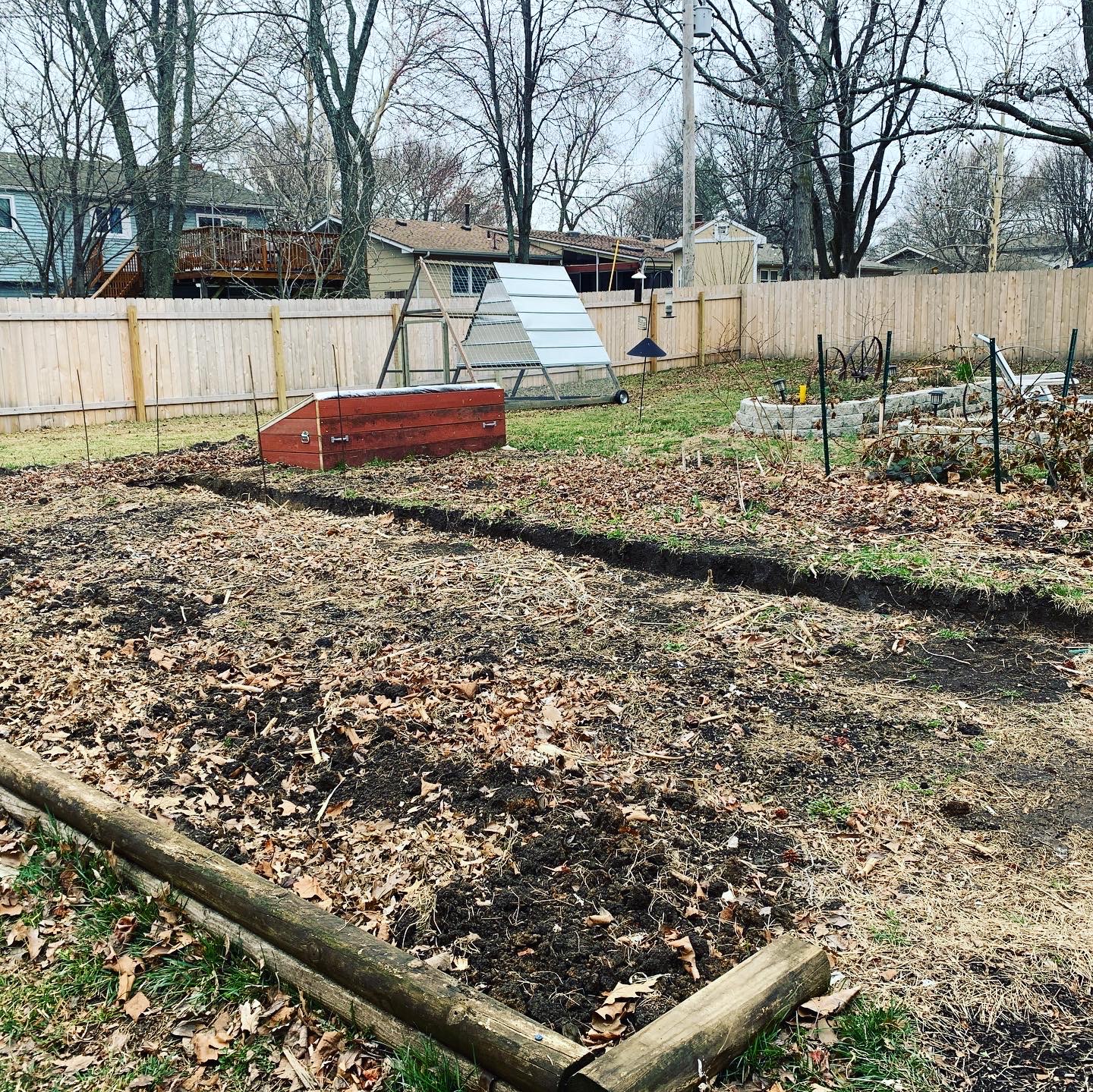
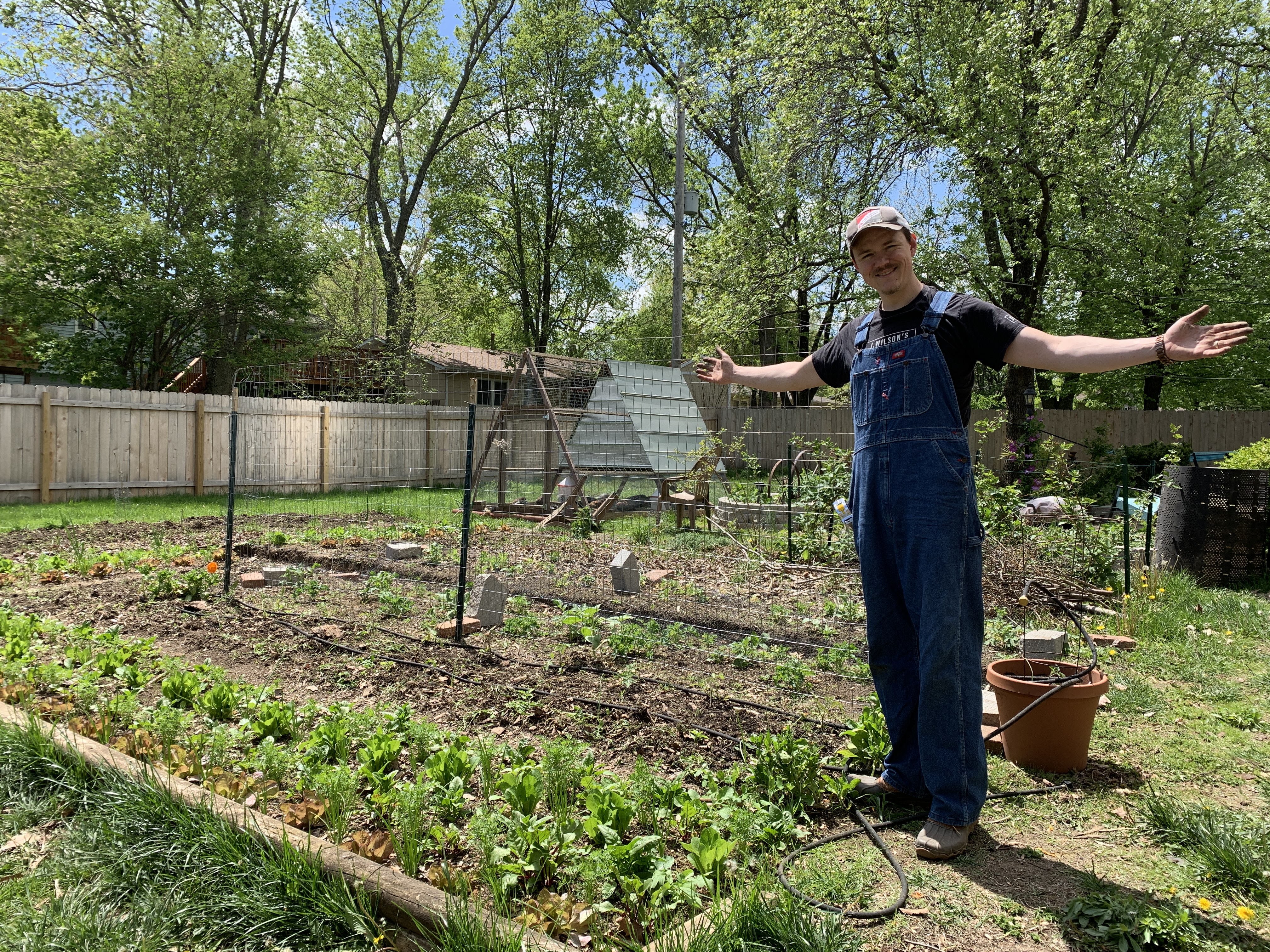
From March – to May! The seedlings we started in February are now growing big and strong. We have radishes, Four Seasons lettuce, romaine, onions, beets, and spinach that we transplanted in March and are just now coming into their season. We are so excited by the success of transplanting – last year, we direct sowed much of our spring crops and had only mild success. This year, we are bursting at the seams with salads and greens, and we think that we have much to thank for planting seeds thickly and transplanting.

Outside of the garden, two of the bigger projects continue to be the chickens and a permaculture staple: swales!
Our chickens are turning 10 weeks old this weekend and have been frolicking in the sunshine for the last three weeks in their coop. Several weeks before transitioning out, we made it a point to take everyone out several times for longer and longer periods so they had experience with their run and the sounds outside. Once they were over the initial shock of car sounds and other bird calls, they were positively buoyant – flying from one end to another of their coop, flapping their wings, sunning themselves, chasing after worms, and snipping at yummy herbs and morsels.
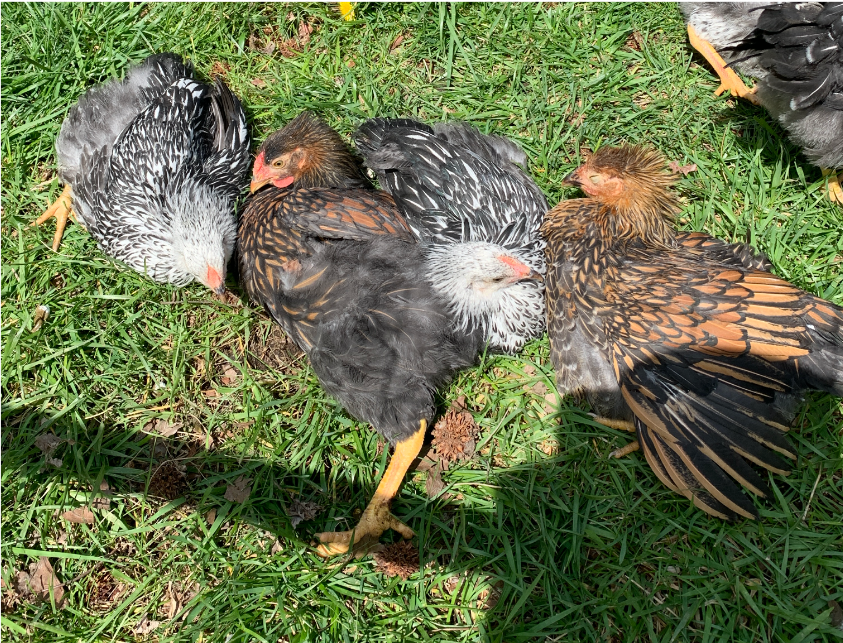
When the temperatures were finally stable with lows in the 50s, we moved everyone out for good – and they haven’t looked back!


It’s hard to believe these goofy girls have fourteen more weeks of growing. At their prime, they’ll be 6-8 pounds – Wyandottes are known for being a dual-purpose breed, meaning they’re good for egg-laying as well as a meat bird, but we’ll keep them only for eggs.

The coop, as you can see, gets moved throughout the yard for the chickens to free-range safely but also work our grass and our soil with some of the best fertilizer you can find. One element of the yard that we will navigating carefully are some new water catchment systems called ‘swales.’ A cornerstone of permaculture includes evaluating your resources (or lack thereof), and over the past couple of years we have realized that we have an overabundance of water when it rains.
Water runs down to our yard from several neighbors to the west, pooling and flooding over half the yard during heavy rains. But, as it is Kansas, we can go weeks during the summer without a drop of rain. So, we need a system to slow down the water, trap it, and absorb it in the places we need it – and swales are the answer!
Evan developed and dug a system of trenches in the yard as well as in the garden itself – and it didn’t take long for them to fill up. The dirt from the trenches is mounded on the other side of the trench for additional growing areas and then benefit directly from the water being absorbed just behind it, cutting down immensely on the need to water.
Our swales border new permaculture additions to the backyard – two goumi bushes, two dwarf apples, a mulberry, and three cherry trees, surrounded with chives and garlic to keep away munching predators.

One neat trick about these trenches, though, is that they don’t have to stay empty to work – fill them with mulch, and the trench can still function but remain even with the rest of the ground.
But where does one get mulch during a pandemic?
The answer: tree companies! Here was yet another example of examining your resources and the resources of your community. Our city compost center has mulch, but has been closed for nearly seven weeks now due to stay-at-home orders. Hardware store mulch is prohibitively expensive and labor-intensive to load, haul, unload, and de-bag. Tree services will always have an abundance of mulch, so I contacted a local service and arranged for a delivery of a truckload for $40. My husband said that I looked like Smaug sitting on a bed of gold and riches after the delivery.

The past few weeks have been so exhausting but so fulfilling. In a time when all we can do is stay at home, I am so grateful that it has at least been at a time of warmth and growing things to keep us occupied.
If this pandemic has got you thinking about your own self-sustainability, from gardening to chickens to preserving foods or even just buying locally, please reach out. We were lucky to have started these dreams long before this pandemic and we are so grateful for the resources we have already begun to amass. Evan and I believe not just in the stewardship of the earth, but in the stewardship of each other – we are here to support you on your journey to self-sufficiency in any way we can.
(Or, you know, to commiserate over Midwest freezes and ice storms over Easter weekends.)

Be well, friends!





